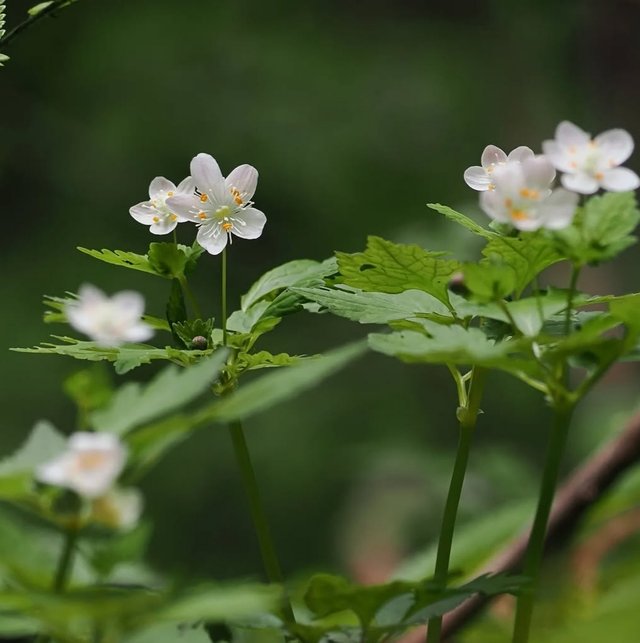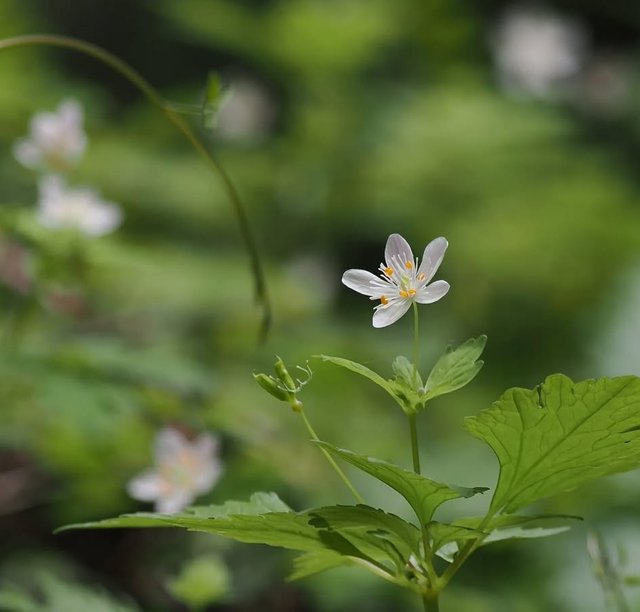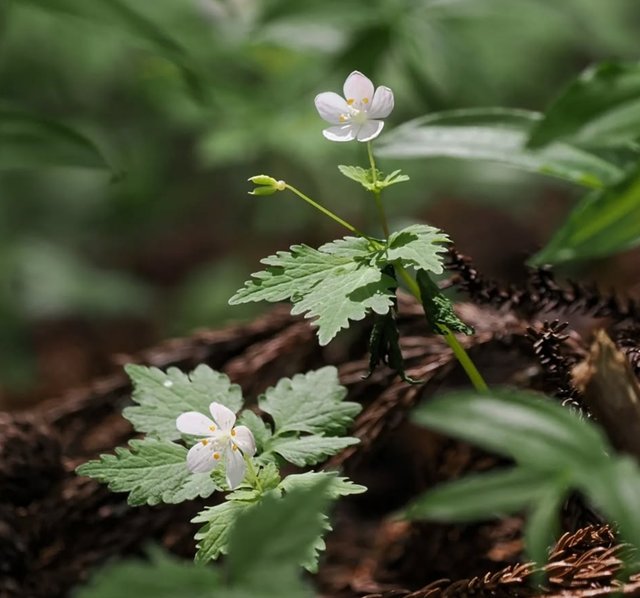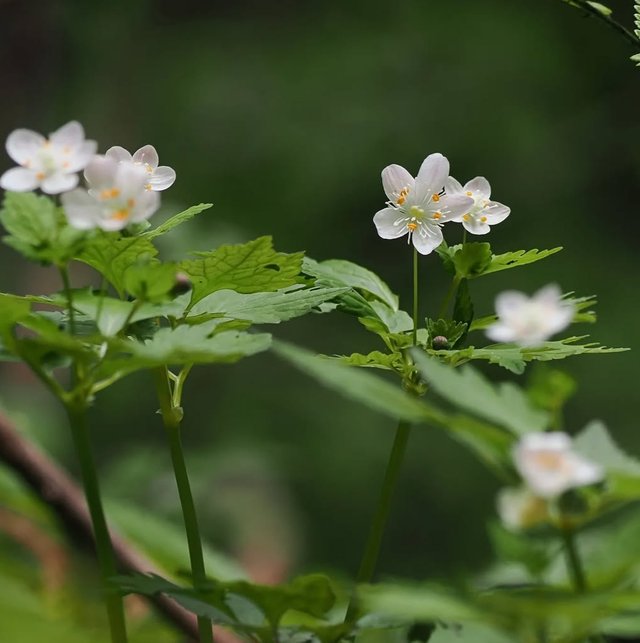Enemion So Beautiful Flower
Enemion: The Delicate Jewel of the Spring Woodland
Among the quiet symphony of early spring wildflowers, Enemion stands out as a delicate and elegant presence. Often overlooked due to its diminutive stature and fleeting bloom, this charming plant offers both aesthetic and ecological value. Native to North America, Enemion—commonly known as false rue-anemone—belongs to the buttercup family and embodies the fragile beauty of ephemeral woodland flora.
Botanical Profile
The genus Enemion contains only a few species, with the most notable being Enemion biternatum, which is native to eastern and central North America. It thrives in moist, rich deciduous forests, especially in lowlands and floodplains. Enemion occidentale, found in the western United States, is a related species that inhabits drier and often more rugged terrains.
Enemion biternatum is a herbaceous perennial, reaching a modest height of 4 to 10 inches. Its trifoliate leaves are finely divided and somewhat resemble parsley. The flowers are small—typically less than an inch across—but striking in their simplicity. Each blossom consists of five to ten petal-like sepals, usually white or slightly tinged with pink, and a bright yellow cluster of stamens at the center. These flowers bloom in early to mid-spring and are pollinated by small bees and flies.
Ecology and Lifecycle
As a spring ephemeral, Enemion takes advantage of the narrow window of opportunity in the forest understory before the canopy fully leafs out. This ecological strategy allows it to photosynthesize, flower, and set seed in a few short weeks of abundant sunlight.
Its seeds are dispersed by a variety of natural means, including gravity and animals. Some species show adaptations for myrmecochory, where ants help spread the seeds in exchange for a fatty appendage known as an elaiosome.
Because Enemion relies on undisturbed soil and consistent seasonal rhythms, it is highly sensitive to habitat destruction, invasive species, and climate change. Urbanization, agricultural development, and forest fragmentation have all led to a decline in Enemion populations in certain areas, making conservation efforts critical.
| Device | cannon eos 700D |
|---|---|
| Lens | 55-250 zoom leans |
| Location | Bangladesh |




